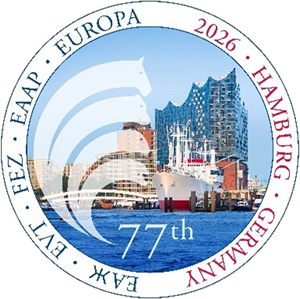The Port of Hamburg is one of the largest transshipment ports in the world and, together with the international airport, makes Hamburg an important logistics location. Economically and scientifically, the metropolis is particularly important in the fields of aerospace technology, life sciences and information technology as well as for the consumer goods industry and as a media location.
For many people Hamburg is a metropolis with a high quality of life and various exciting contrasts that make this city truly unique. In Hamburg, tradition meets modernity, classic meets pop culture and Hanseatic serenity meets cosmopolitan charm. Year after year numerous tourists discover the world-famous musicals, the impressive HafenCity district, the futuristic Elbphilharmonie concert building, the Miniature Wonderland and much more. There is an enormous variety of opportunities for leisure time: stylish bars, cozy pubs, top-of-the-line restaurants, luxury shopping districts and iconic sites like the world-famous Reeperbahn offer inexhaustible resources for entertainment and afterwork activities. Work hard, then celebrate – all in the middle of the city!
Places to see in Hamburg
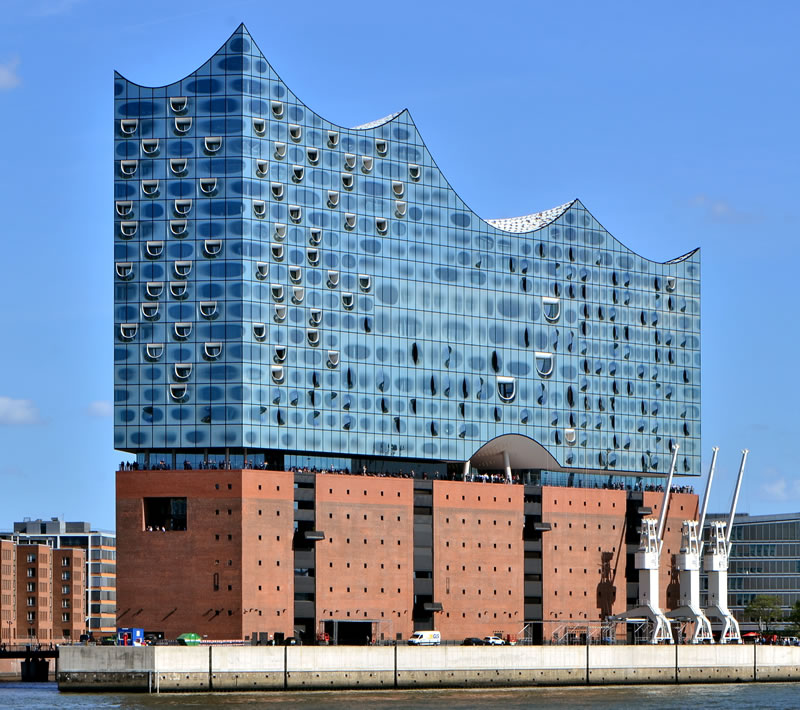
Elbphilharmonie
The Elbphilharmonie Concert Hall is not only the city’s cultural centre of attraction but also shines as a symbol of Hamburg. The Elbphilharmonie represents an unprecedented synthesis of the arts – architecture, music and the unique location in the middle of the Hamburg harbour. The concert hall was designed by the Swiss architects Herzog & de Meuron. The combination of red brick walls and filigree glass construction makes the concert hall the epitome of Hamburg's self-image. With its curved glass panels, which are curved and cut in sections, it captures the reflections of the sky, the water and the city. The publicly accessible Plaza is a central meeting place in the Hanseatic city. The world's longest curved escalator (80 metres) takes visitors up to a height of 37 metres. Here on the Plaza, the 360° panorama of the city fascinates every visitor.
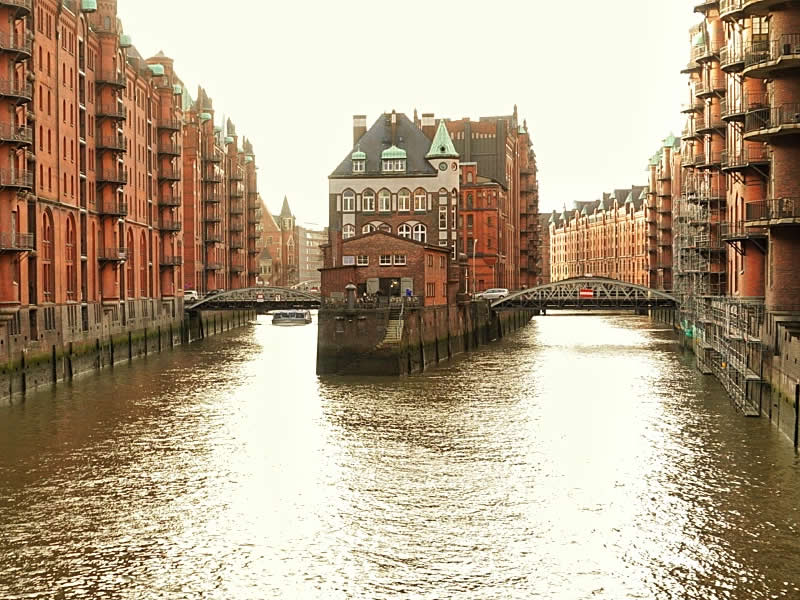
Speicherstadt
For centuries, coffee, tasty spices, carpets and exotic goods from all over the world were stored in the Speicherstadt. The City of Warehouses is the largest contiguous historic warehouse complex in the world and has been officially listed as a UNESCO World Heritage Site since 2015. History at every corner. Today, many of these impressive brick buildings still serve as warehouses, while others have become home to innovative companies and exciting attractions — blending heritage with modern life.
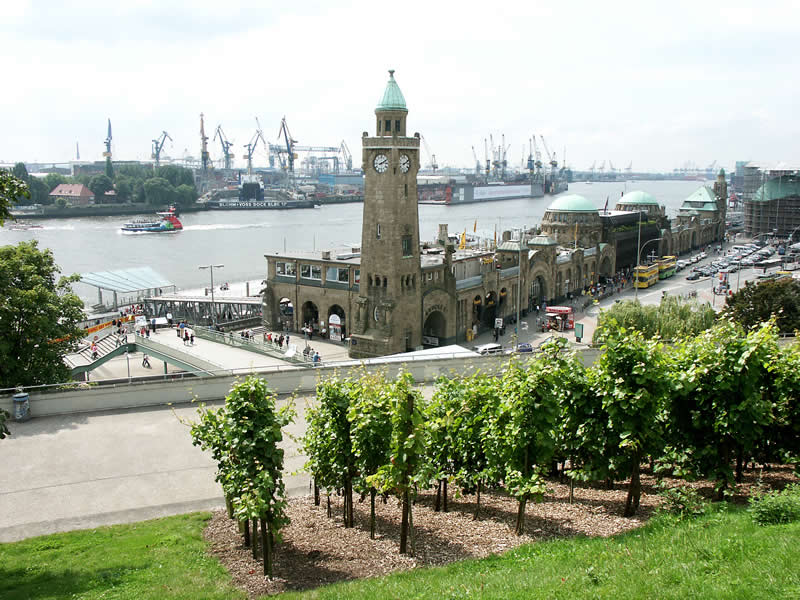
St. Pauli-Landungsbrücken
The St. Pauli Landungsbrücken is an impressive ensemble of buildings along the Elbe River and also an important transportation hub. Once a landing stage for steamships, the site now serves as a stop for the S-Bahn and U-Bahn, sharing its name with the station. Additionally, numerous boats depart from the Landungsbrücken for harbor tours and catamaran trips to Helgoland. Visitors attending musicals can take HADAG Ferry 62 from the Landungsbrücken to the opposite side of the Elbe.
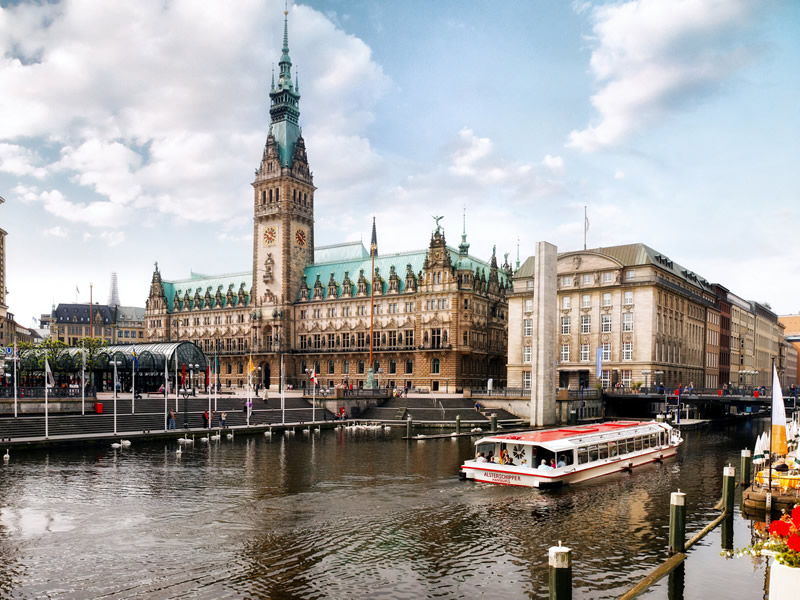
Hamburg Town Hall
Built between 1886 and 1897, Hamburg Town Hall impresses with its stunning architecture and dominates the heart of the city. The magnificent sandstone building houses the city's senate and parliament. In sharp contrast to the understated Hanseatic style, the Town Hall stands out with its richly decorated façade, flanked by 20 statues of emperors.

Jungfernstieg
This is the heart of the city centre for many locals and tourists: the Jungfernstieg – a diverse connection between the Inner Alster and the surrounding shops and attractions. For Hamburg residents, the historical importance of the promenade plays a major role: In the past, families came here on Sunday to walk and introduce their unmarried daughters ("Jungfern") – hence the name. Even today, the Jungfernstieg is very special: It is enjoyable to be right on the water – the Inner Alster, make a date at this central location and start shopping in the nearby department stores – especially the famous and traditional Alsterhaus as well as the smaller, more refined shops.
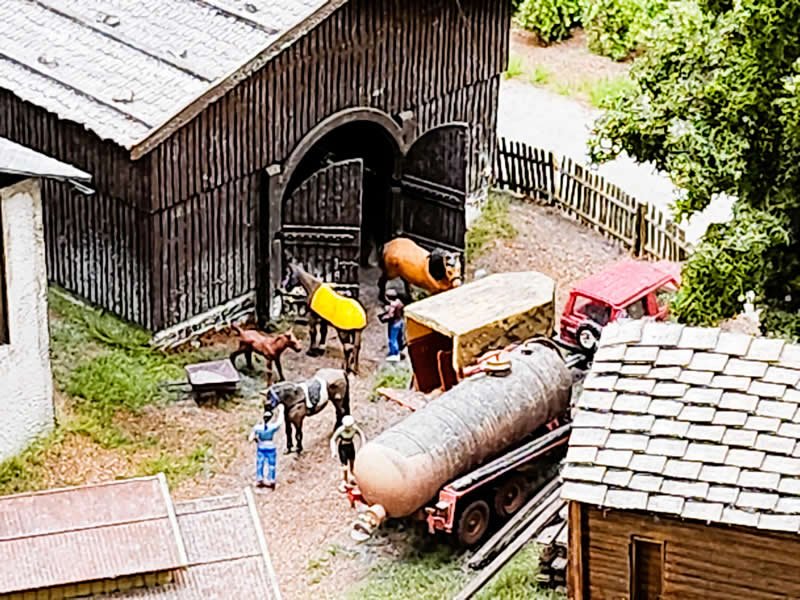
Miniatur Wunderland
Miniatur Wunderland in Hamburg’s Speicherstadt is an absolute must-see — not only for railway enthusiasts and globetrotters, but for anyone visiting the city. More than 1,100 trains with over 10,000 wagons as well as 137,000 trees, 289,000 figures, 10,250 cars, 47 airplanes in the air, 16,138 meters of tracks, 4,340 buildings and bridges were set up by more than 300 employees in over 990,000 hours of loving detail work. In this superlative model construction landscape, you will see realistic train operations completely controlled by computer. In this miniature world, day turns into night every 15 minutes, creating a truly magical experience. Recently, Miniatur Wunderland has expanded to include Hamburg’s HafenCity and other fascinating highlights.
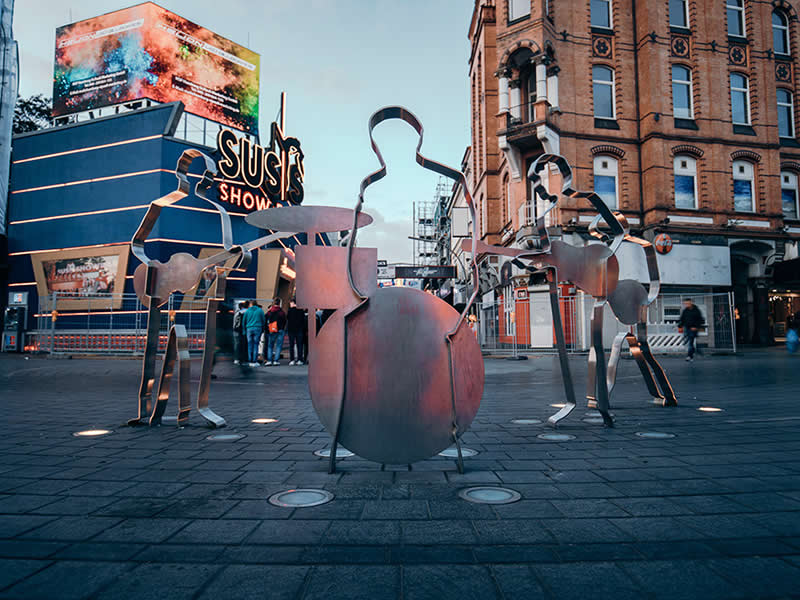
St. Pauli and Sternschanze
Club culture and live music have deep roots in St. Pauli — a district brimming with stories and legends. Numerous theatres, stages and live concert venues form the lively heart of subculture in Hamburg. One of the most famous stories is certainly that of the Beatles, who took their first serious steps on stage on Hamburg’s “Kiez”. In the early 1960s, the Beatles got their first engagement at a live music club near the Reeperbahn and started their global career from the Hanseatic city.

















